Backed by encouraging projections, the sector is focused on developing innovative solutions for an increasingly diverse market.
By Álvaro León Pérez Sepúlveda
A growing demand and a remarkable technological evolution are the most relevant features of perimeter security today.
Thus, after being valued at US$70.8 billion in 2022, the global market for perimeter intrusion detection systems (PIDS) is expected to trade higher in the coming years. The consulting firm Research and Markets assigns it an annual growth rate of 7.2%, which equates to an estimated US$100 billion in revenue by 2027.
Reaction or prevention?
The good moment of the sector contrasts with the traditional perception of end users, who for years have considered perimeter securing as a reaction measure, rather than a preventive measure.
This is how René Cuenca, Sales Manager for Mexico and Central America at Optex, explains: "It is an element underestimated by organizations, which usually make its use effective in the face of events that have already occurred. Other times it is seen as an expense and not as an investment that guarantees operational continuity and peace of mind for users."
All in all, perimeter security remains an integral part of Physical Protection Systems (SPF) and remains a competitive alternative in the market. In fact, in countries that have established minimum criteria for safety designs, contour surveillance has been identified as the key element of early detection, in the first ring of protection.
 On the other hand, technological progress and the ability to adapt the sector to the needs of users have led to the emergence of solutions with greater precision and less vulnerability.
On the other hand, technological progress and the ability to adapt the sector to the needs of users have led to the emergence of solutions with greater precision and less vulnerability.
"We started with buried wires and infrared sensors and then evolved into light sensors and barriers, thermal cameras and radars. Then, we integrate these developments with other more recent ones, such as Artificial Intelligence and drones, obtaining great effectiveness and avoiding false alarms," says Hernán Darío Herrera, Regional Product Manager Latam - Intrusion, at Johnson Controls.
Rising demand Another common belief is that only high-security locations and critical infrastructure require a surveillance and security fence. However, the increase in demand in different economic sectors indicates otherwise.
Another common belief is that only high-security locations and critical infrastructure require a surveillance and security fence. However, the increase in demand in different economic sectors indicates otherwise.
"It is useful and effective in any residential, commercial or industrial installation, as it represents the first ring of protection, key to triggering actions to mitigate and control intrusion threats," argues René Cuenca.
In this way, the current target market includes multiple business verticals that have in common their need for surveillance in exterior and interior perimeters.
- All types of critical infrastructure.
- Energy industry (substations, thermoelectric plants, nuclear plants, solar farms, oil fields).
- Transport infrastructure (airports, land terminals, seaports).
- Telecommunications installations.
- Warehouses, warehouses, distribution centers and free zones.
- Educational and hospital infrastructure.
- Residences, housing estates, condominiums and preserves.
- Social rehabilitation centres and prisons.
- All kinds of private companies.
What is the reason for this boom? While rising crime and the complexity of certain social environments are determining factors, they are not the only ones.
Hernán Darío Herrera sheds light on the matter, referring to the current commercial offer: "The growing demand is due to the fact that costs are more accessible than before and solutions are more effective. That means that what was previously only available to large companies can now be implemented in most companies," he says.
Sectoral technological development
The combination of Artificial Intelligence and cameras has opened the door to the development of a new generation of innovative products, with advantages such as relatively low costs and, above all, the added value of analytics.

"What was unthinkable, is now possible. AI is combined with the image quality and range of modern cameras, offering less expensive perimeter protection than physical installations on fences or walls. It also dramatically increases detection efficiency and situational detail," says Antonio Olmedo Morales, who serves as Regional Product Manager Latam - Video, at Johnson Controls.
Even so, it must be considered that Artificial Intelligence still has limitations. René Cuenca points out: "video analytics cannot yet replace a physical sensor, designed so that environmental conditions do not prevent its proper functioning, as is the case with AI cameras".
In this context, the executive highlights that physical sensors, some already integrated with AI, are predictive solutions based on the classification of events, as is the case with fiber optic sensors, ground radars, LiDAR sensors and ultrasonic sensors.
In this regard, Antonio Olmedo Morales points out that "the integration of VMS with perimeter detectors such as wireless light barriers, wireless exterior door sensors, as well as wide-angle and closed-angle motion sensors allows mobile cameras to be automatically directed to intrusion areas and create a video record for subsequent searches".
What to Consider When Choosing
When planning a perimeter security system, variables such as cost, effectiveness, useful life, return on investment, and even current legislation must be taken into account. For example, cameras with video analytics are affordable and offer better performance when distances are short and there are adequate physical and environmental conditions.

In turn, radars with built-in AI detect and classify all types of targets, in almost any physical and environmental environment. However, like LiDAR sensors, they come at a high cost and their choice usually depends on the available budget. As for drones, their mass adoption has not yet materialized, in part due to restrictions that limit their use and commercialization in several countries.
Meanwhile, fiber-optic sensors stand out because they can cover large perimeters, even if robust architectures are present. Intrinsically safe, these sensors can be installed in meshes, walls and underground (with spot detection). They are also immune to EMI fields, RFI fields and thunderstorms, and there are options with AI and Deep Learning for event classification.
"Fiber optic sensors are becoming more relevant because they are devices that can be applied in more than 90% of the perimeters, offering high detection efficiency and excellent performance in the timeline," says Hernán Darío Herrera.
Antonio Olmedo Morales agrees: "It is a technology that can have a useful life of 15 to 20 years and that makes it a great option for users who are looking for a solution with a justified ROI."
An industry with a future
Every day, citizens and organizations of all kinds face an increase in violations of the integrity of their private spaces. In this way, everything points to the positioning of perimeter security in the coming years.
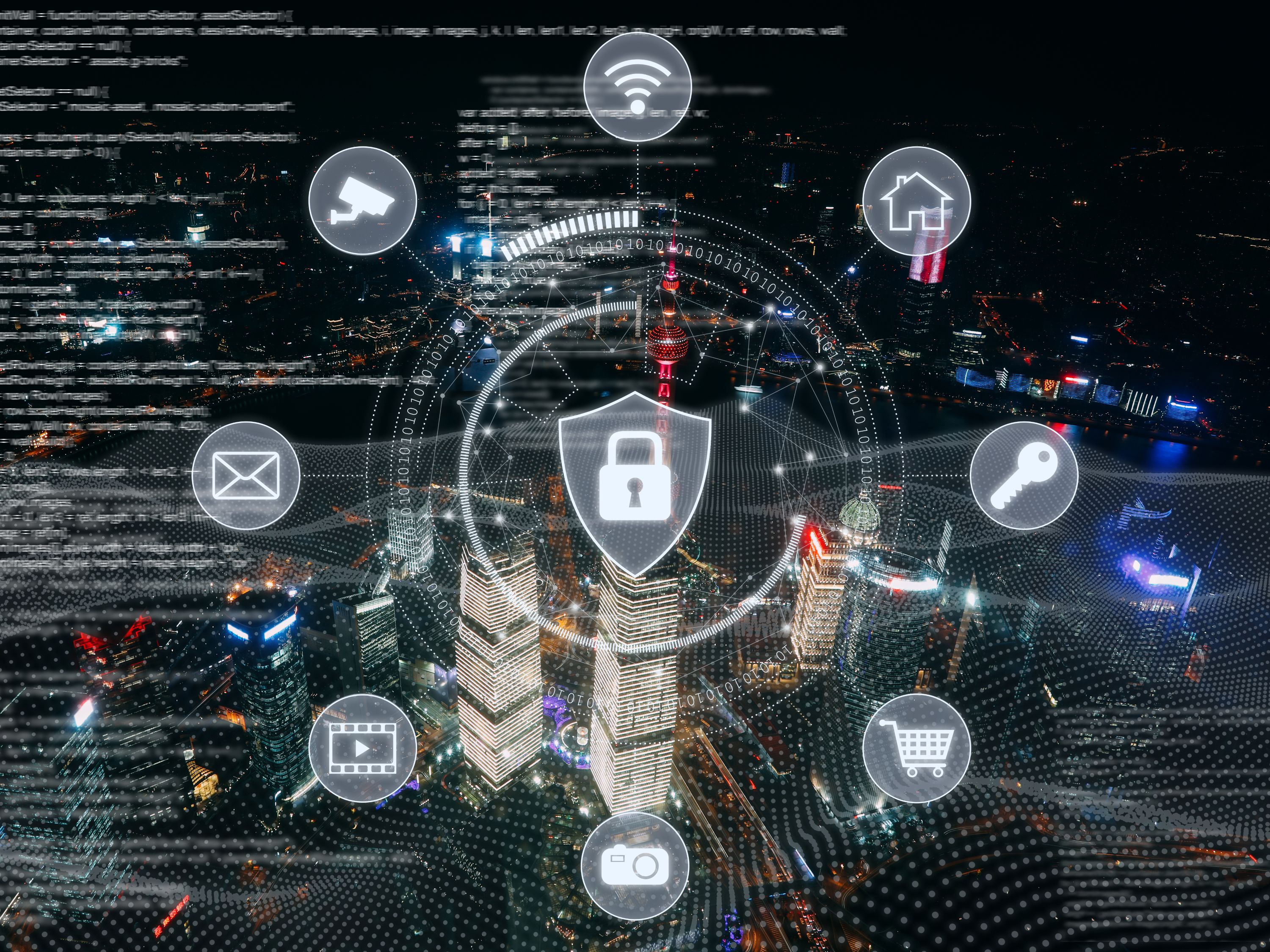
The industry, for its part, is already taking steps in this direction, as René Cuenca describes: "There are organizations and experts dedicated to raising awareness about these systems, promoting them as an integration of human resources, natural elements, physical barriers, deterrent components and electronic devices capable of delaying, detecting, evaluating and neutralizing intrusion attempts in any place that requires a specific degree of security."


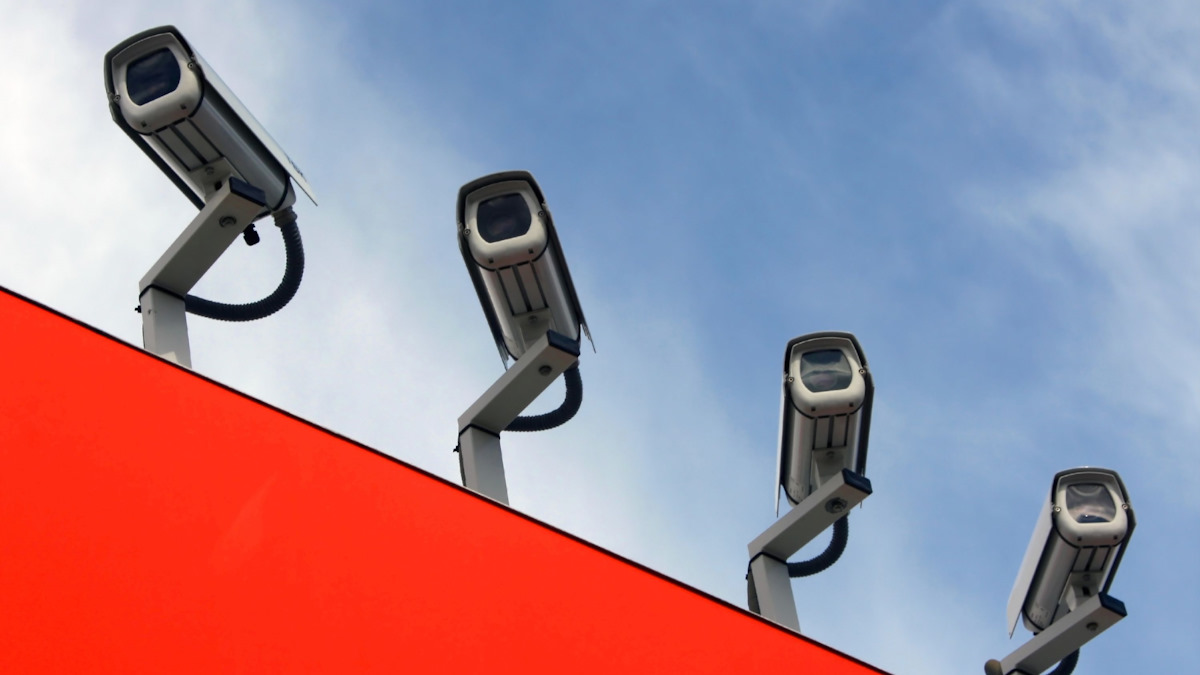



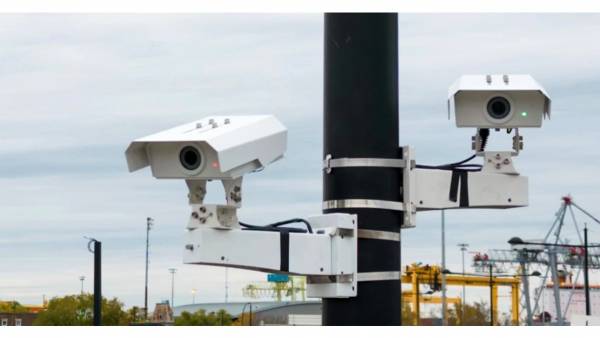
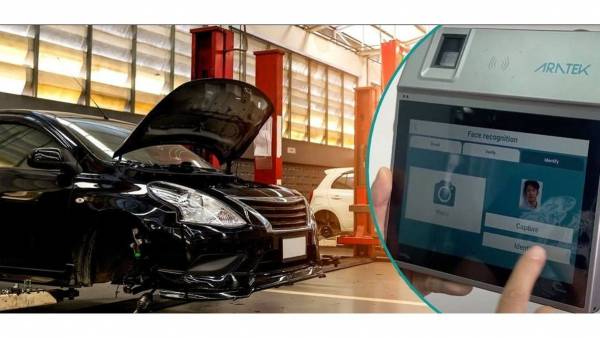
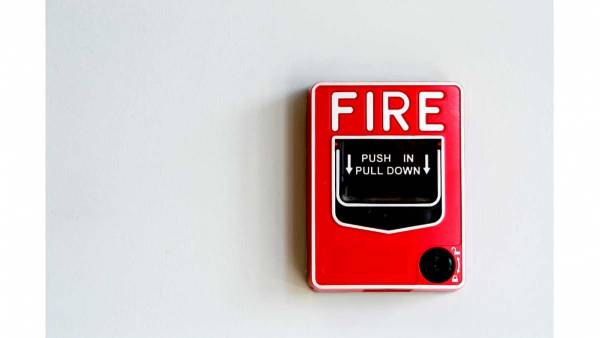
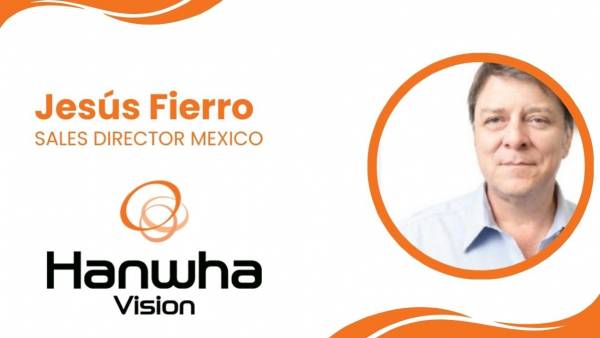
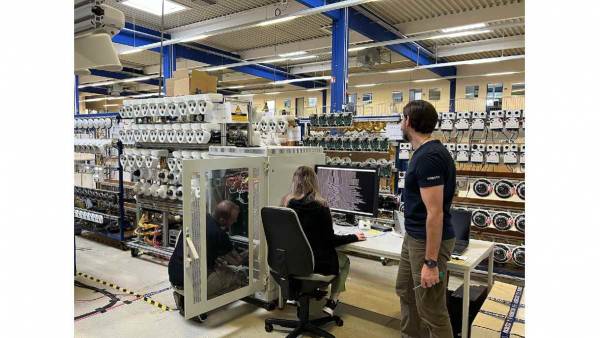















Leave your comment